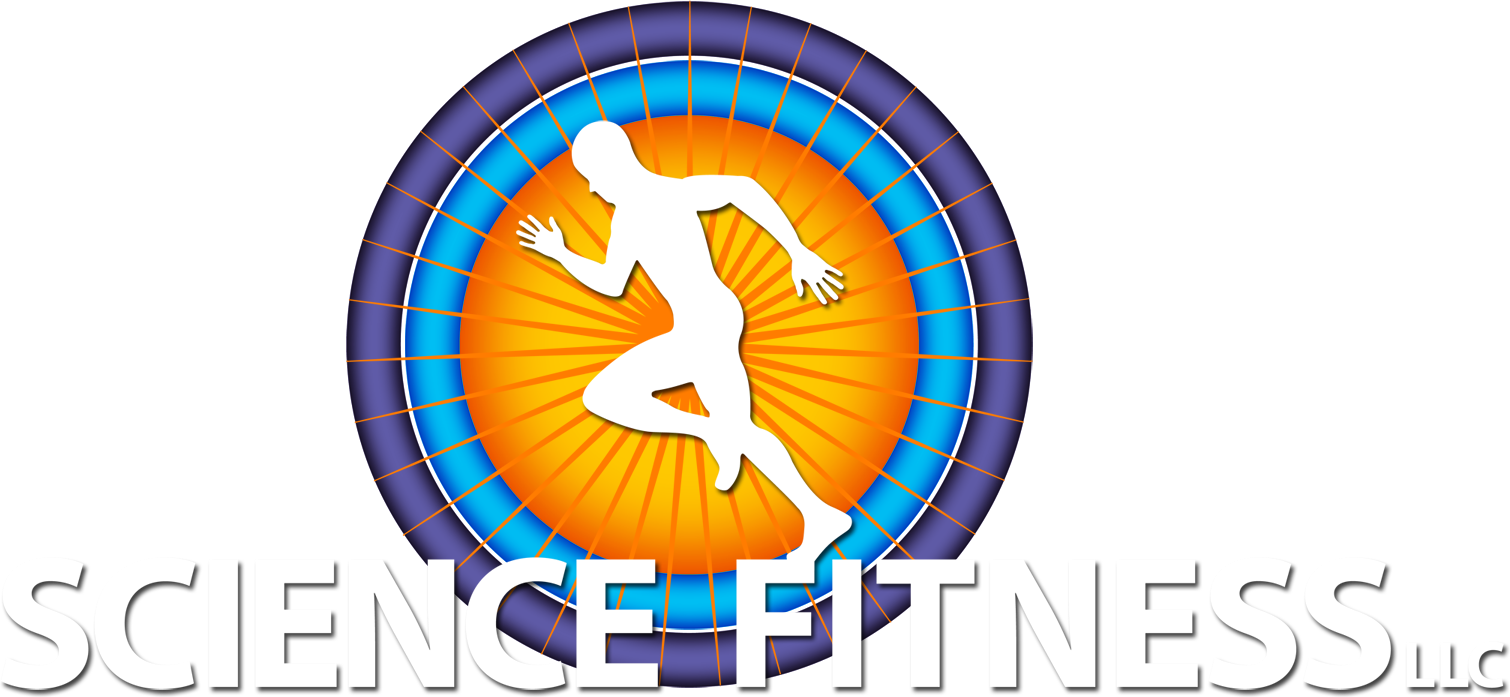MAT MUSCLE ACTIVATION THERAPY
Stronger Muscles
MAT Assessment Procedure Includes:
- Joint range of motion evaluation
- Emphasized muscle test to identify positional muscular weakness
- Muscle palpation or graded-intensity isometric muscular
contraction to activate inhibited muscles - Muscle retesting to verify joint range of motion and strength increases
Who can benefit from MAT?
Athletes, fitness enthusiasts, active and/or sedentary individuals
who have experienced any of the following conditions can benefit from MAT:
- Muscular weakness or tightness
- Limitations in joint motion or flexibility
- Impaired sport performance
Injury or pain in muscles and/or joints
MAT improves:
- Joint range of motion and stability
- Recovery from injury and aids prevention of injury
- The overall performance of joints and muscles
- Sport performance
MUSCLE ACTIVATION TECHNIQUES™
Muscle Activations Techniques™ (MAT) provides a systematic approach to evaluating and treating muscular imbalances. Muscular imbalances can occur through stress, trauma, or overuse injuries. These injuries can lead to the inability of muscles to perform at an optimal level contributing to pain, discomfort, or dysfunction to muscles and joints.
The goal of MAT, through the use of its unique process of treatment, is to restore the proprioceptive communication between skeletal muscle and the brain back to the body. Traditional forms of treatment implicate muscular tension as a cause of pain. MAT looks at muscular tension as a form of protection in the body. Weak or inhibited muscles can create the need for other muscles to tighten up in order to help stabilize the joints. MAT gets to the root of pain or injury by addressing muscle weakness rather than muscle tightness. The activation or “resetting” of inhibited muscles helps to restore normal body alignment, thereby, decreasing pain and reducing the risk of injury.
MAT not only improves the muscle’s recovery rate from injury but can also help prevent it from occurring. MAT can reduce and eliminate pain and fatigue in athletes and non-athletes. It can increase the overall performance of joints, increase joint range of motion and stability, and can decrease pain and inflammation.
Muscle Activation Techniques is a biomechanical based approach to identifying and treating muscular imbalances that contribute to pain and injury caused by stress, trauma, and overuse. It provides a unique look at the muscular system’s role in injury. These injuries can lead to the inability of muscles to perform at optimal levels contributing to pain, discomfort, or dysfunction of muscles and joints. Weak or inhibited muscles loose feedback (proprioception) from the brain creating the need for other muscles to tighten up to help stabilize the involved joint(s). Conventional forms of treatment implicate muscular tension as a cause of pain and MAT views muscular tension as the body’s solution to instability. Muscular tension is a protective mechanism that insures our bodies do not enter a range that we cannot control. A muscle’s main function is to produce tension in order to move bones at their attachment sites.
One of MAT’s main ideals is that muscle “tightness” is secondary to muscle weakness. Its goal is to restore proprioceptive communication to muscles, increasing muscular strength, and allowing range of motion to improve. The activation or “resetting” of inhibited muscles helps restore normal body alignment, thereby, decreasing pain and reducing the risk of injury. MAT gets to the root cause of pain by addressing muscle weakness rather than the tightness. That being said, one might ask “why can’t I just do strength training?” When a muscle becomes inhibited it can loose up to 50% of is maximum force output. Other muscles, in close proximity, are forced to take on some of the role of the weak muscle. In the exercise world this is commonly referred to as compensation. Compensation allows our bodies to do what we ask of it. In this sense it is not necessarily a bad thing but over time these compensating muscles become overworked or stressed and can also become inhibited.
Here’s how MAT works:
Athletes with impending injuries are first assessed using a range of motion (ROM) evaluation. The ROM evaluation compares the amount of motion between a joint or set of associated joints on one side of the body to the amount of motion on the other. The ROM evaluation seeks to locate asymmetrical ROM as the body tends to be symmetrical in motion. Asymmetry is caused by muscular tension which can also be seen as a range of motion limitation. This “tightness” is then used as a way to identify (positional) weaknesses. Secondly, these positional weaknesses are evaluated using emphasized muscle testing. Emphasized muscle test are designed to put the body in specific positions to draw out weak muscles that have a mechanical advantage in the specific position. Thirdly, the muscles are treated with palpation or graded intensity corrective isometric exercises. Palpation is manual applied pressure into precise muscle attachment sites called the origin (anchoring point of muscle) and insertion (the moving point of muscle). The graded intensity isometric exercise and palpation stimulate the muscle spindle (intrafusal or sensory fibers) of muscle (extrafusal fibers). Lastly, Muscles are retested to verify strength increases.
MAT is a revolutionary form of treatment that is an adjunct to the various forms of therapies that are more commonplace. It is becoming more popular especially in western portions of the US where alternative and holistic approaches to health are sought out. This technique was founded by Greg Roskopf, the biomechanics consultant of the Denver Nuggets, Denver Broncos, and the Utah Jazz. The field continues to grow as more states as well as countries are beginning to host internships. I believe MAT will be a house hold name in the near future.
